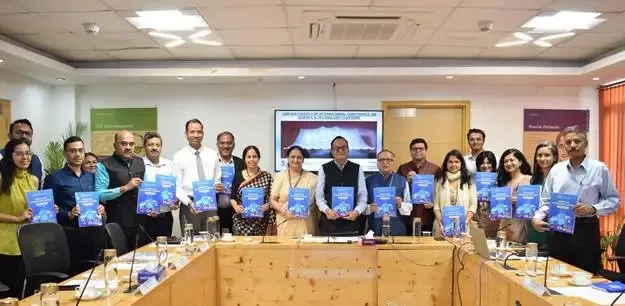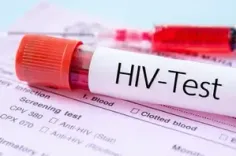How are India's Science and Technology Clusters Enhancing the Innovation Ecosystem?

Synopsis
Key Takeaways
- Eight Science and Technology Clusters are operational in India.
- The initiative aims to strengthen the innovation ecosystem.
- Key innovations include EV infrastructure and AR/VR marketplaces.
- Collaboration among stakeholders is vital for success.
- Inter-cluster collaborations can scale innovations nationally.
New Delhi, June 27 (NationPress) The eight Science and Technology (S&T) Clusters across India are dedicated to fortifying the nation’s innovation ecosystem, as highlighted by Prof. Ajay Kumar Sood, Principal Scientific Adviser (PSA), during the release of the annual S&T Cluster report.
The S&T Cluster report for 2024-2025 reveals several noteworthy achievements from these Clusters, such as the establishment of EV charging infrastructure in the Delhi/NCR region, the launch of Kalaanubhav.in—an AR/VR-enabled marketplace for artisans—and the introduction of the “One Delhi” digital transit application, which has attracted over 300,000 users.
Moreover, impactful innovations include health-tech solutions like diabetic foot screening foot-mats, One Health initiatives, e-waste management systems, and the creation of pacemaker leads at AMTZ Vizag.
“These instances highlight the scalable and high-impact potential of the Clusters’ collaborative initiatives,” expressed Sood.
The S&T Clusters initiative, a pivotal program under the Office of the PSA, was inaugurated in 2020 following recommendations from the Prime Minister’s Science, Technology, and Innovation Advisory Council (PM-STIAC).
The Clusters aim to unite various stakeholders, including academic institutions, research and development organizations, industry entities, startups, and local governments, to create demand-driven solutions through innovative concepts.
Currently, eight Clusters are operational throughout India, which comprise Andhra Pradesh Medtech Zone (AMTZ Vizag), Bengaluru Science and Technology Cluster (BeST), Bhubaneswar City Knowledge and Innovation Cluster (BCKIC), Delhi Research Implementation and Innovation Cluster (DRIIV), Jodhpur City Knowledge and Innovation Cluster (JCKIC), Panjab University – IIT Ropar Regional Accelerator for Holistic Innovations (PI-RAHI), Pune Knowledge Cluster (PKC), and Research and Innovation Circle of Hyderabad (RICH).
Prof. Sood also stressed the significance of “inter-cluster collaborations,” aimed at fostering synergy among Clusters to scale and replicate successful regional innovations on a national scale.
“This collaborative model is anticipated to enhance the overall impact and consolidate the strength of India’s innovation ecosystem,” he added.









